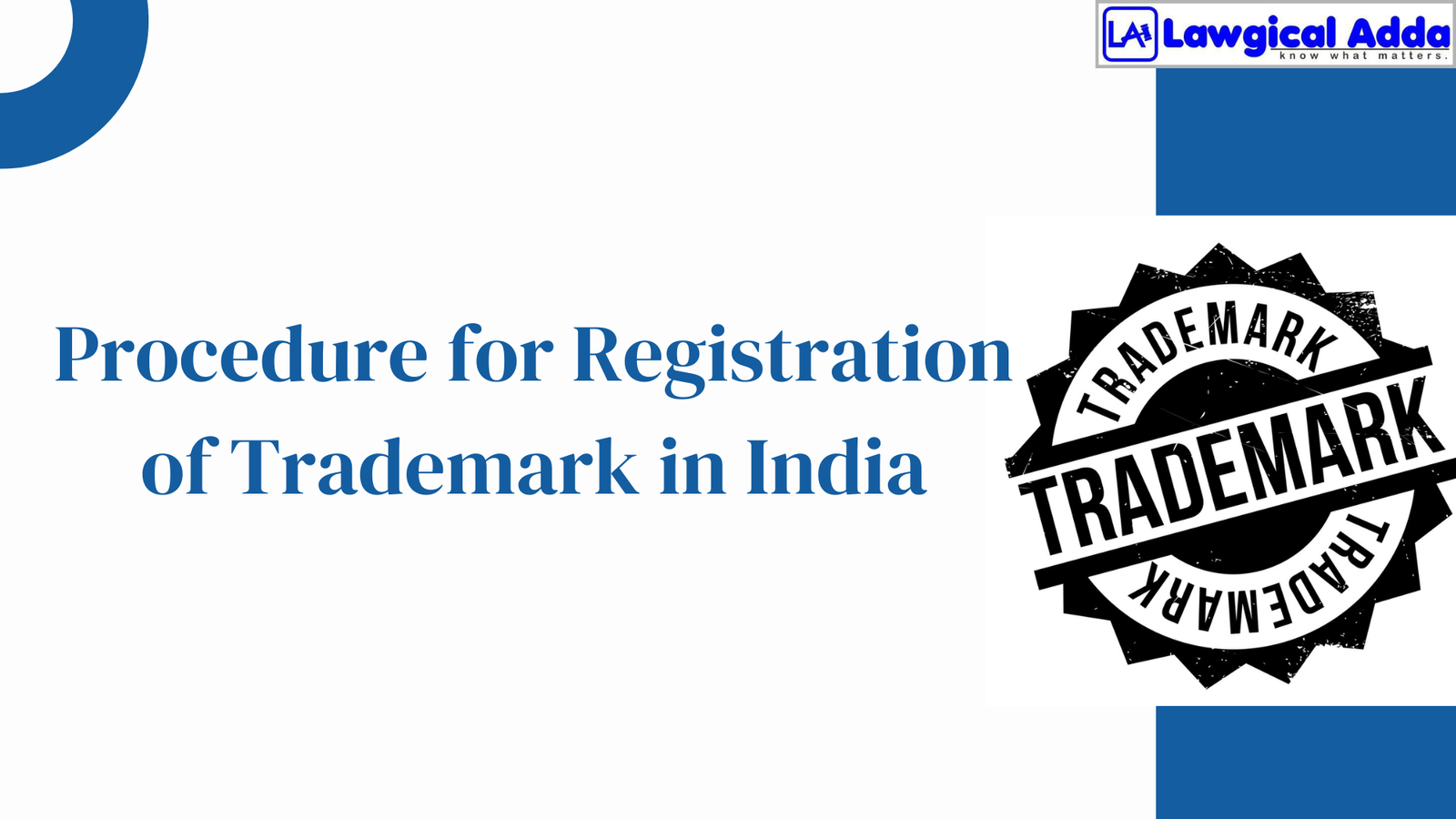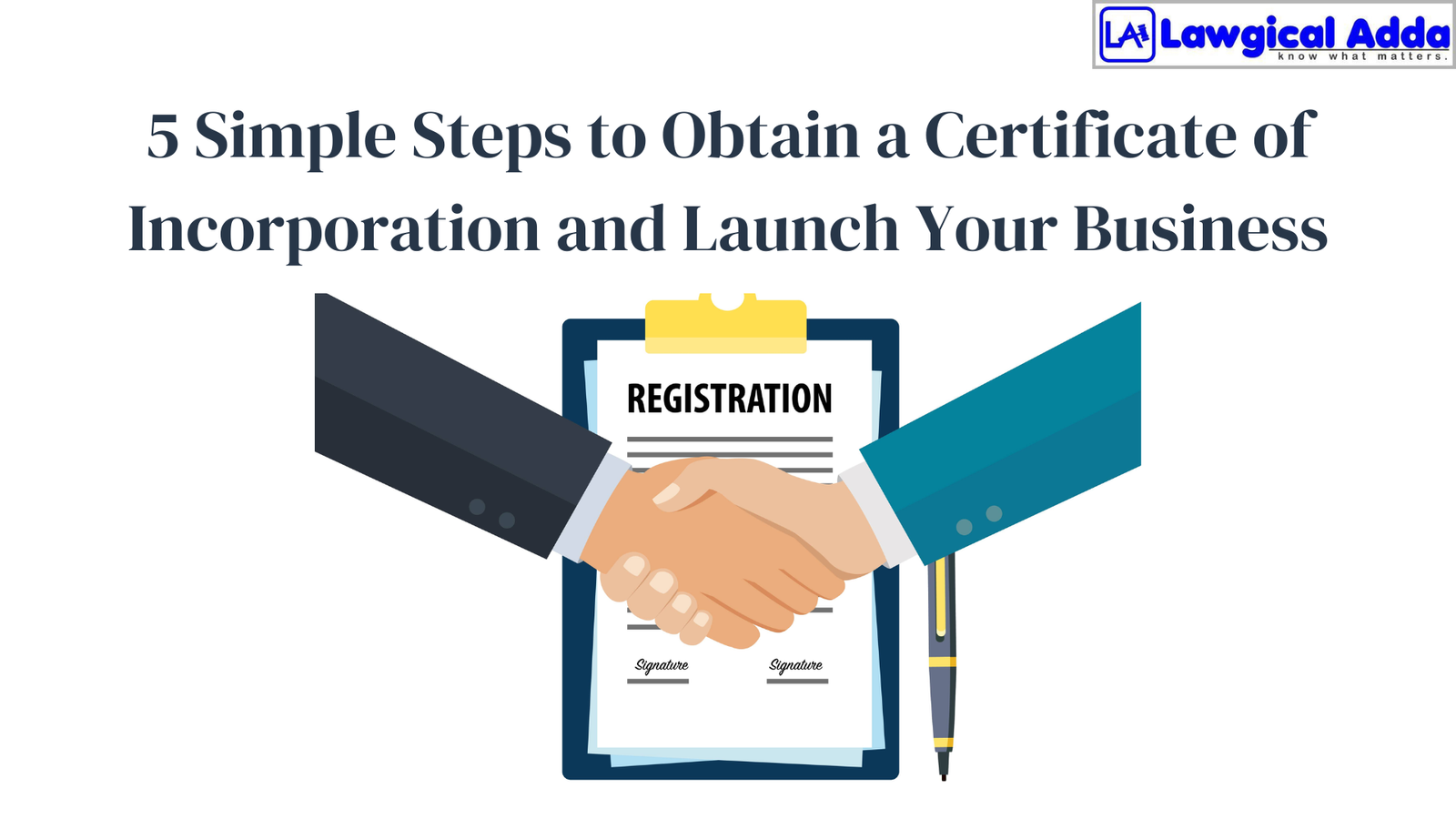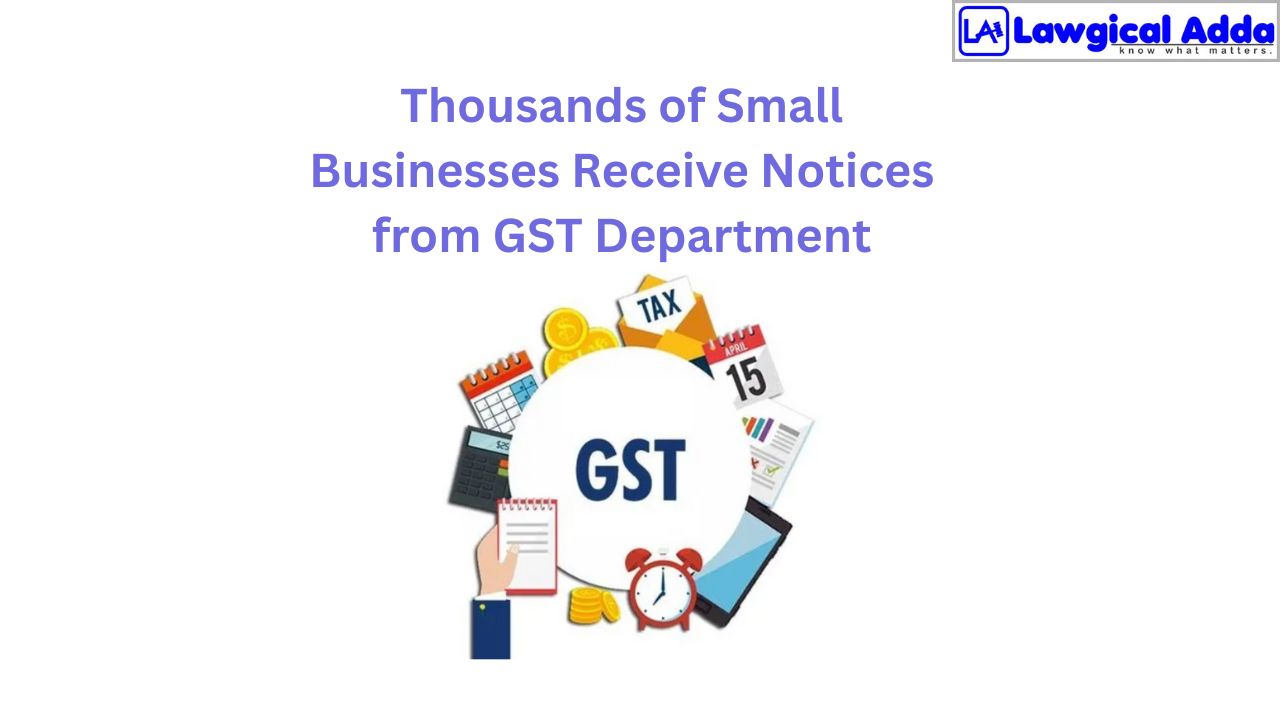Procedure for Registration of Trademark in India

Table of Contents
Introduction
Learn about the trademark registration procedure step-by-step to get an in-depth grasp of it. This aids in preserving your distinctive brand identity. As required by the Trademark Act of 1999, the trademark registration process consists of several phases, including classifying the mark, conducting a preliminary trademark search, and, most importantly, filing the application. The Act governs trademark registration in India.
Why is Registration of Trademark Necessary ?
Registering a trademark in India gives its proprietors numerous advantages, making it a prudent decision for nearly all enterprises.It establishes a legal presumption of ownership and validity by granting the applicant the exclusive right to use the mark in connection with their intended goods or services.
Because of this, it serves as a solid deterrence for prospective infringers and grants you the legal authority to pursue legal action against anyone who uses or violates your trademark without permission. Above all, a registered trademark can be a valuable asset that can be sold, licensed, or even used as collateral.
In addition to its practical benefits, trademark registration enhances a brand’s reputation, boosting investor and consumer confidence.
How Can a Trademark Be Registered?
The Registrar Office of Trade Marks is responsible for trademark registration, which involves several procedures.
- Selecting a trademark: Remember to pick an original, eye-catching symbol to symbolize your business. The other crucial factor is determining which class you are in. The trademark can now be registered under 45 classifications of products and services. Classes 35–45 are for services, and classes 1-34 are for products.
- Mark search: After selecting your mark, it is advisable to perform a trademark search to see whether it is identical to one that has already been registered. You have two options: visit the Controller General of Patents, Designs, and Trademarks’ website online or use the public search option available on the website.
After selecting this option, you must search the online database and select your class. Legal assistance is the safer alternative, albeit one that will cost you money. If there is a dispute over your trademark, legal services will be less expensive overall. In addition to searching, they will assist you throughout the entire procedure.
- Application filing: One application may be submitted for a trademark belonging to several classes, series, or collectives. You must complete form TM-A to do this. This form allows you to register a trademark for more than one class.
- Making Fee Payments: Following submitting your trademark application, you will also need to pay costs that vary depending on the type of applicant and the quantity of products and services the trademark covers. ‘
You must pay the required fees once the trademark application has been submitted. You have several payment options: demand draft, credit/debit cards, net banking, and internet mode.
- Enrollment and Verification: The online trademark registration process proceeds and the trademark is registered if no resistance is raised or successfully defended against. Upon the issuance of the registration certificate, the trademark owner is given legal protection.
- Opposition to trademarks: If a third party raises any resistance within four months of the trademark’s publication in the trademarks journal, the Registrar of Trademarks will provide you with a copy of the notice of opposition.
Within two months of receiving the opposition notice, you must file a counterstatement in response to it. The trademark application shall be deemed abandoned and only allowed if you provide the counterclaim within two months.
Businesses can preserve their brand identification by using the trademark registration procedure as a helpful tool. Every stage provides a different level of legal protection, from choosing classes to managing objections and ongoing renewal obligations.
The procedure isn’t just about complying; it’s also a calculated risk that helps protect a brand’s reputation and ownership in the marketplace. Thanks to the digitization of government services like trademark registration, the public may now easily access them.
You can easily register your trademark by following the steps described above. Additionally, Lawgical Adda can assist you with the trademark registration procedure if you need help conducting the trademark search and registering your brand.
We can provide the same assistance if you’re seeking compliance support. Lawgical Adda’s solution provides end-to-end management of corporate governance and secretarial compliances, encompassing every phase of the entity life cycle.
Don’t hesitate to get in touch with us if you want more information on the compliance standards and to outsource them to us. Focus on what you do the best! Let Lawgical Adda handle the rest. Choose our services for easy winding-up, restructuring and surrendering documents. Contact us today!









